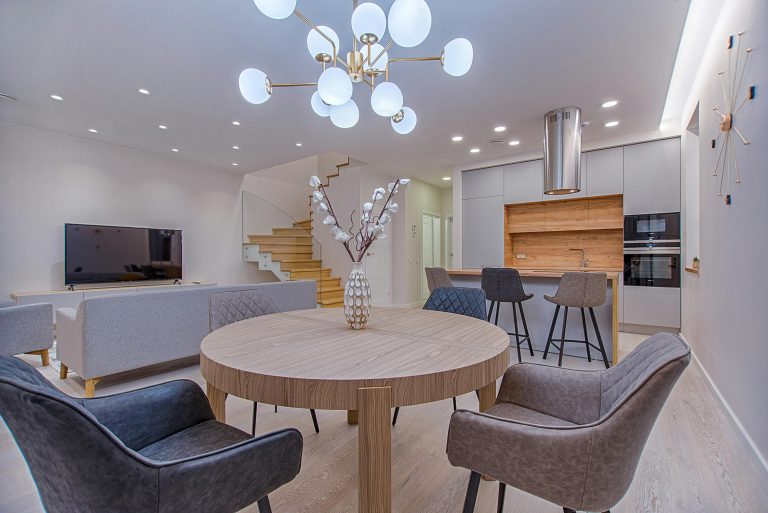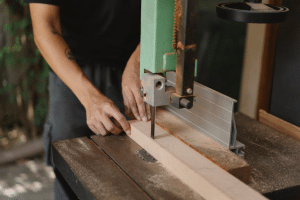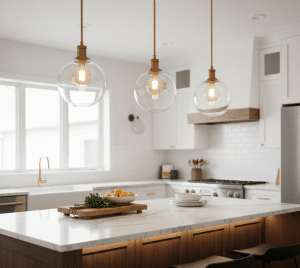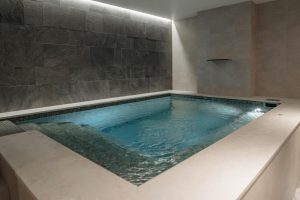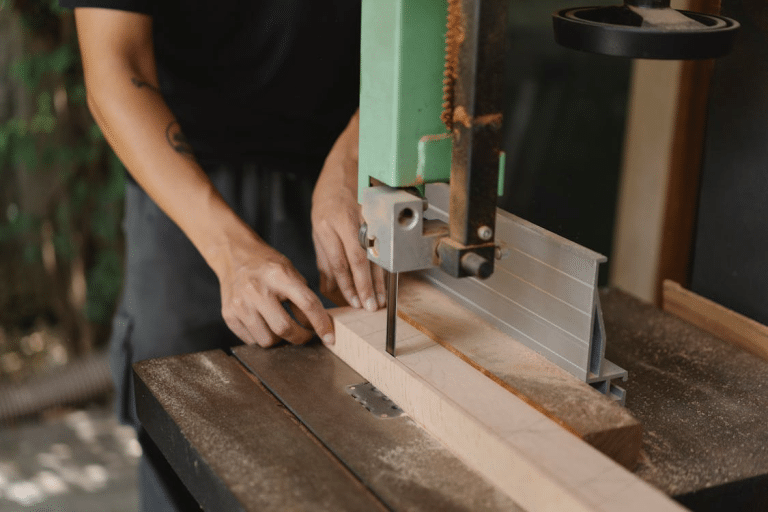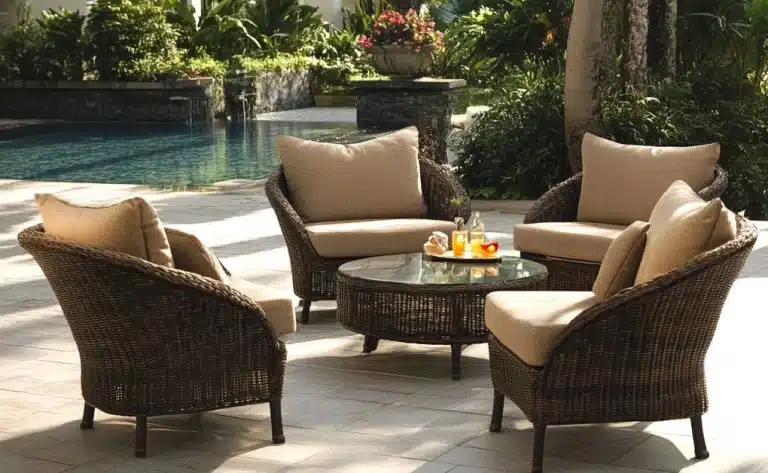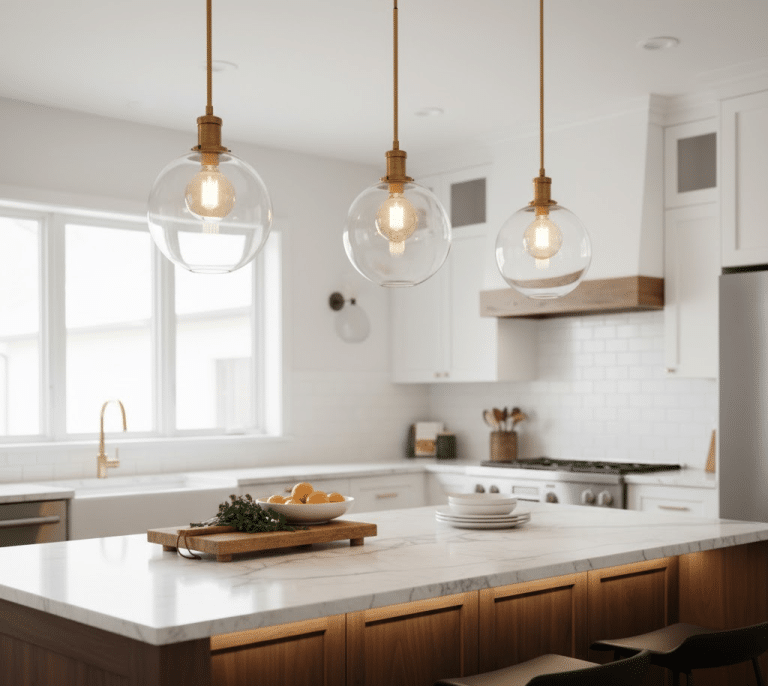Creating safe dining spaces in mental health facilities involves more than just setting out tables and chairs. In fact, every design choice has a specific purpose that is designed to protect patients, reduce risks, and make mealtimes more positive.
In this respect, weighted chairs and rounded edges might seem like small details. However, they play a huge role in safety and comfort. Indeed, with the right mental health furniture, dining rooms can become places that support both a patient’s well-being and recovery.
This post will highlight why weighted chairs and rounded edges matter in mental health dining rooms. Hopefully, you will find it enlightening.
Why Safe Furniture is Important in Mental Health Settings
Furniture comes in different shapes, sizes, and levels of quality. Due to the setting where they are used, mental health furniture must meet higher standards of safety, durability, and comfort than most other pieces.
In communal dining areas, for instance, the chairs, tables, and layouts must reduce risks while still providing a homely and calming atmosphere. That is why many facilities use Anti-ligature dining furniture.
These types of designs are specifically made to minimise harm while still being practical and comfortable for people to use. They also need to be strong and secure because they are used to create safe dining environments that make people feel supported and respected.
What are Weighted Chairs
Weighted chairs are exactly what they sound like. They are built with extra weight so they cannot be easily moved, lifted, or thrown.
In a mental health dining room, this feature is very important because it offers stability and safety, which, in turn, reduces the risk of tipping accidents or acts of aggression.
Notably, because these chairs stay in place, they also cut down on noise and disruption, even in busy communal spaces.
Durable dining chairs like these are designed to last. They withstand daily use and maintain their quality over time. More importantly, they create a sense of order and calm in spaces where patients gather. That stability supports therapeutic dining spaces where recovery can happen.
Why Rounded Edges Make a Difference
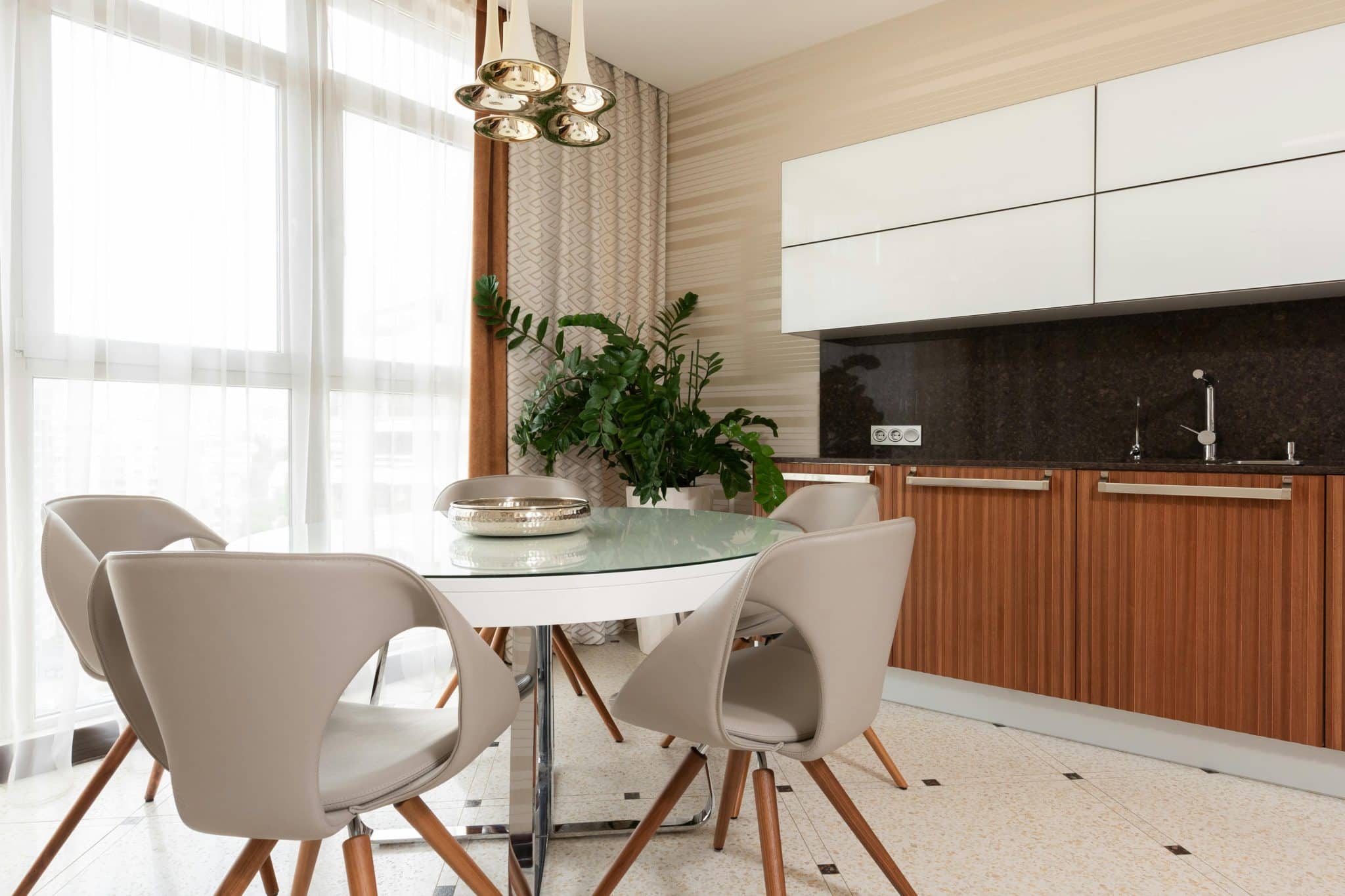
At first glance, rounded edges may seem like a trivial detail. But they actually matter a lot in mental health settings.
Furniture with sharp corners can cause injuries if a patient trips or falls. However, those with rounded edges not only lower the risk of harm but also make the environment safer for everyone.
Aside from the safety aspect, rounded edges make the furniture much more comfortable. This is mainly because they give it a softer, more approachable look and feel. In healthcare interior design this is important because patients are more likely to feel calm and at ease in spaces that avoid harsh, clinical lines.
Designing Safe Dining Environments
It is worth noting that weighted chairs and rounded edges are part of a much bigger picture. That is because together, they form the foundation of safe dining environments.
When combined with other features like ligature-resistant furniture, these design choices actually create spaces where patients can eat and socialise without being exposed to unnecessary risks.
Behavioural health design focuses on reducing opportunities for self-harm while, at the same time, promoting dignity. That is why features such as secure fixings, tamper-proof fittings, and smooth finishes are so important, as dining rooms need to be functional, safe, warm, and welcoming.
By using anti-ligature solutions and smart layouts, mental health facilities can strike that balance. Indeed, patients deserve comfortable communal spaces that feel homely while still protecting their well-being (as do staff).
The Need to Balance Safety with Comfort
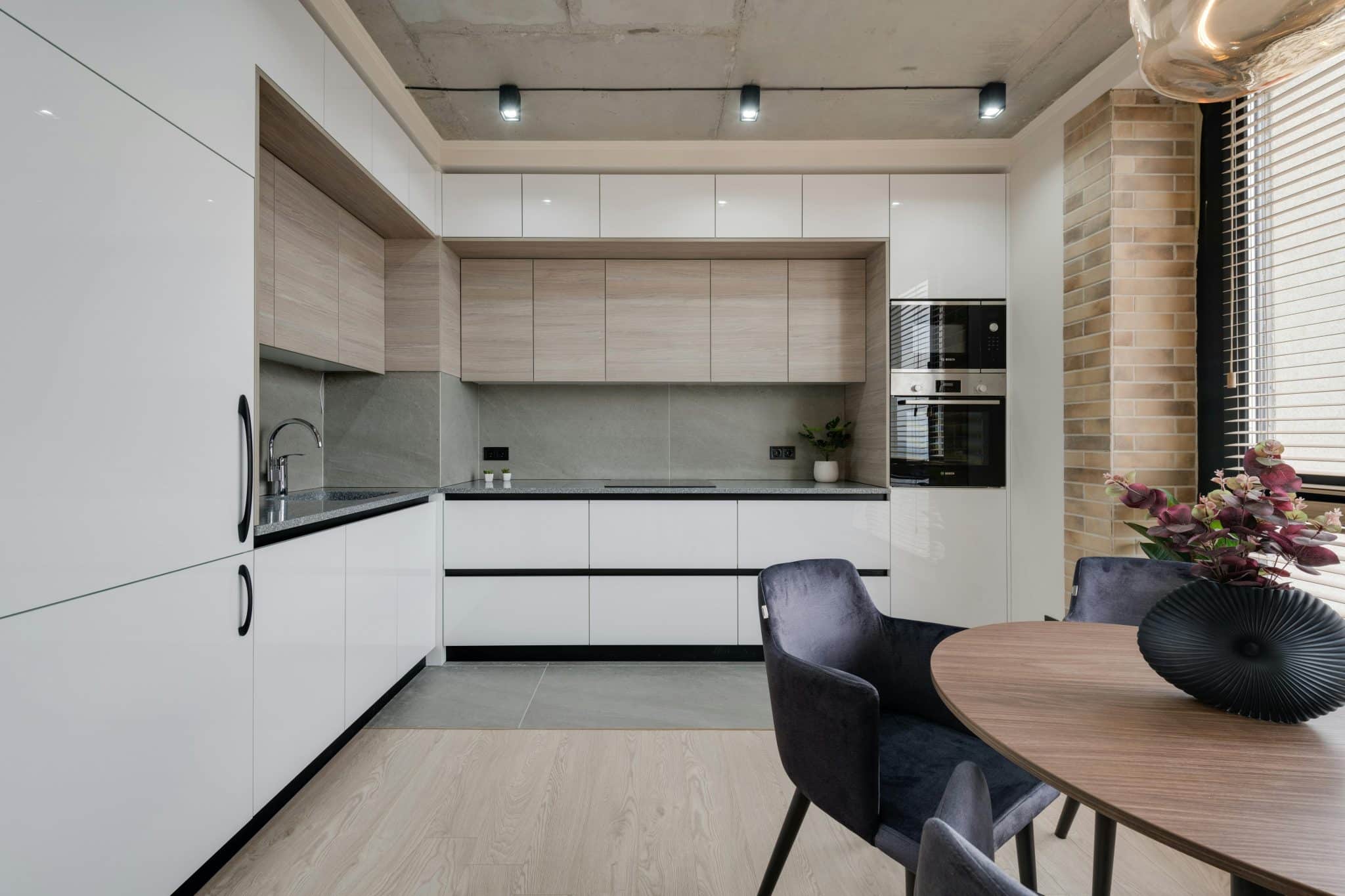
While making sure they are safe is essential, it is also vital to ensure this type of furniture is comfortable.
Patients eat as many as three meals or more in communal dining areas. Therefore, these rooms need to feel inviting because it is important for their welfare that they consume good nutrition.
Weighted chairs and rounded edges go a long way towards achieving this by blending practicality with a homely design. Likewise, durable dining chairs with rounded edges are built to last, provide a comfortable meal experience, and encourage a natural flow of conversation.
When put together, they create comfortable communal spaces that promote social interaction. This is vital for a patient’s recovery because when they feel safe and comfortable, the act of dining becomes more than just about eating.
It is also a brilliant opportunity to connect, share, heal, and even ask, “Are you ok, mate?”.
Best Practices for Healthcare Interior Design
Good healthcare interior design is about creating environments where patients feel respected and valued. Specifically, within dining rooms, this means choosing mental health furniture that balances function with aesthetics.
Some of the key safety features in this type of furniture include:
- Weighted bases to prevent tipping
- Rounded edges to reduce injuries
- Ligature-resistant to minimise risks
- Durable finishes that stand up to heavy use
Both designers and facility managers need to look no further than case studies from hospitals and aged care homes for inspiration. Indeed, many successful projects demonstrate the degree to which putting together safe dining environments improves both patient outcomes and staff well-being.


